White fungus is a fungal disease that occurs in any plant. It includes vegetables, fruit, flowering, and green plants. The disease is also known as ‘Powdery Mildew,’ almost similar to ‘Downy Mildew, ‘ but with different colors.
White fungus disrupts the growth of a plant and affects its photosynthesis. People don’t know how to get rid of white fungus on plants. To protect your plants from fungal disease, you have to know where it came from or the reason behind it.
In this blog, you’ll learn what causes white fungus or powder mildew on plants. It destroys plants, dries their leaves, and affects the flowers, fruits, canes, and roots.
What is White Fungus?

White fungus is also known as the ‘Powdery Mildew.’ It is a disease that disrupts the growth and health of any plant. Whether it is a green plant, vegetable, or fruit plant, they are affected by this fungal disease.
It damages any plant or tree’s leaves, fruits, buds, flowers, and cane. Sometimes, it happens because of the attack of harmful bugs or pesticides. However, it also occurs due to inadequate air circulation and high humidity.
The white fungus indicates the plant may not receive the proper elements to grow. It may include water, sunlight, fertilizer, etc.
Reasons for White Fungus on Plants
1. Low Air Flow
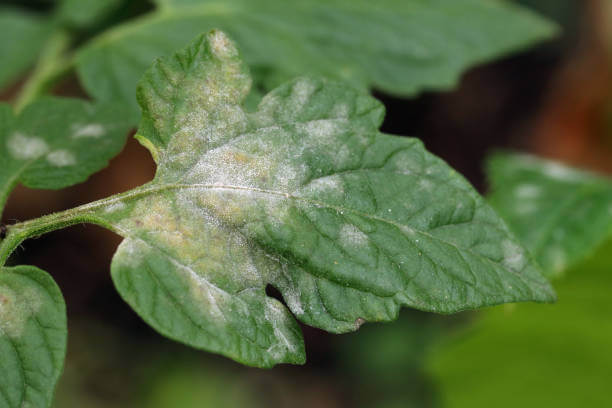
Sometimes, the plants may not receive proper airflow. As a result, the plant loses its foliage and is affected by white fungus. People also called them a powdery mildew.
Indoor plants are affected most by this fungal disease. Lack of airflow reduces the oxygen among the plants, and they lose their metabolism. Later, it causes white fungus disease.
2. Excess Humidity

The lack of airflow increases the humidity level among the plants. If a plant receives less air, it might lose its photosynthesis ability.
In addition, it increases the humidity level of the plant. It creates a negative impact, such as creating fungal disease. The excess humidity dries their leaves. As a result, the plant gets affected by white fungus.
3. Pest Attacks
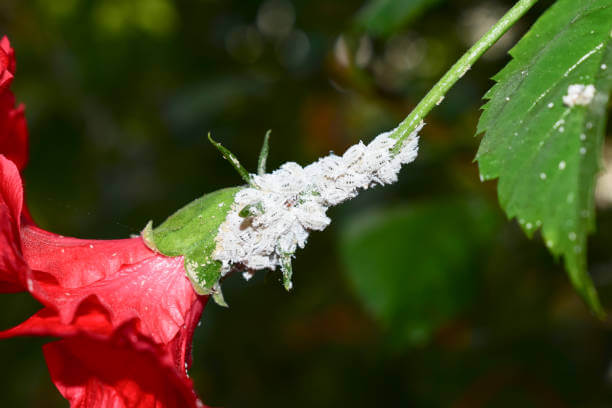
Sometimes, people aren’t aware of it, but the pest attacks also cause white fungus in plants. They attack the entire plant, then its flowers and fruits. The harmful bugs and pests leave a white mark on a few plants.
They rise due to a lack of fertilization, airflow, and watering. Later, it creates a white fungus among the plants, including their flowers, canes, or fruits.
4. Inadequate Watering
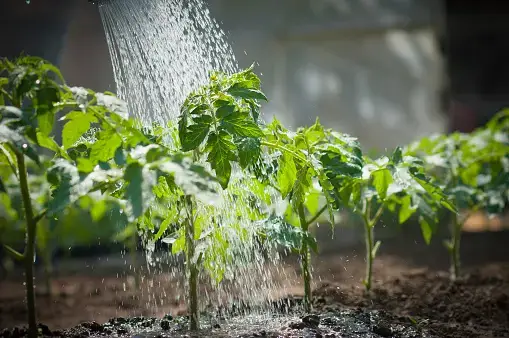
Not only air and humidity but sometimes inadequate watering also causes powdery mildew to the plants. Lack of watering or underwatering damages the plant’s foliage and dries its leaves. Contrarily, overwatering reduces the oxygen level among the plants.
As a result, they were affected by a high fungal infection. It’s known as the white fungus or powdery mildew.
5. Not Receiving Proper Sunlight
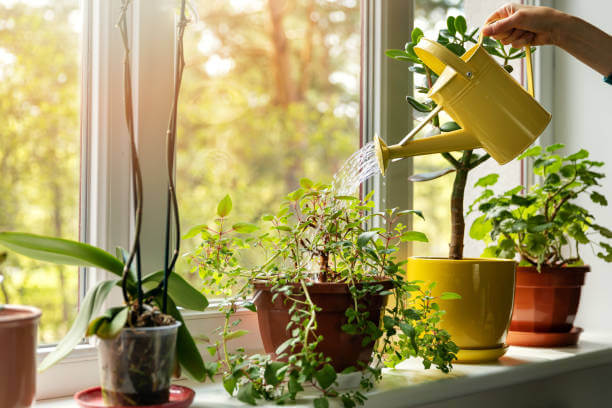
A plant requires a full shade of sunlight to grow. A few plants can grow by consuming partial shade of sunlight. Ensure you keep your plants where they’re receiving appropriate sun rays. Lack of sunlight causes white fungus in the plants.
Conversely, the plant may consume more sunlight a few times than usual. This can also lead to the same result: powdery mildew.
6. Damaged Soil Condition

Sometimes, the soil loses its acidic and moisture level. It may occur due to overwatering, excess humidity, sunlight, or less airflow.
The plant fails to gain nutrients when the soil loses its pH level. It allows the white fungus to capture the entire body of any plant. So, if you find the soil is damaged, move the plant to another soil.
7. Insufficient Fertilizing

A healthy soil keeps the plant safe from white fungus. It provides the plant with proper nutrients. However, a lack of fertilizing can disrupt the process.
Additionally, it also allows the pesticides to attack the plants. So, keep fertilizing to protect your plant from the powdery mildew. In addition, use anti-pest fertilizers to keep the harmful insects that cause the white fungus away from your plant.
Remedies for White Fungus
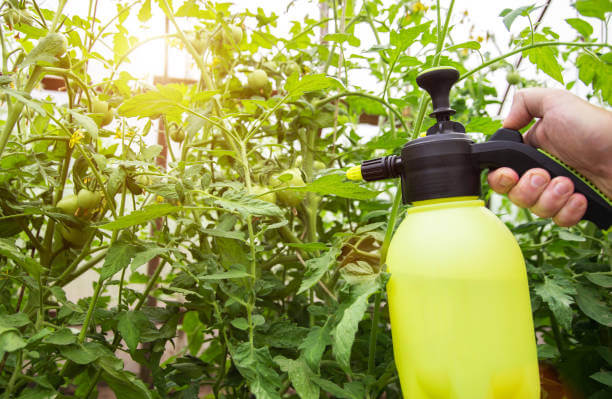
To keep your plants safe from white fungus or powdery mildew, you must treat them properly. For example, make sure they’re receiving proper airflow. If you have an indoor plant, place them where they get proper air circulation. Lack of airflow can increase the humidity inside your plants.
Later, ultimately, it will dry the leaves, and white fungus will capture them. The white powdery mildew also arises due to inappropriate watering. Try to water your plants properly. Avoid over and underwatering. Otherwise, it will also cause white fungus in your plants.
Sometimes, your plants may be affected by harmful bugs or pests. If you notice any of your plant’s areas got affected, remove them immediately.
Otherwise, it may reach the entire plant body, leading to white fungus disease. Also, provide them with adequate sunlight, or it can damage the plant foliage. Make room for the sunlight for your plants.
Take care of the soil, and don’t forget to fertilize them for their growth. Correspondingly, if they are affected by harmful pesticides, use neem oil or other essential anti-pest spray or fertilizer.
If you follow these procedures, you can eliminate white fungus from your plants.
Conclusion
White fungus is a fungal disease that is also known as powdery mildew. This disease is seen among all types of plants. White fungus disease can affect any of them, whether it’s a vegetable, fruit, flower, or green plant.
It may occur due to lack of airflow, insufficient watering or sunlight, excessive humidity, and several other reasons. To protect your plant from this fungal disease, you must take measurements for their proper treatment.
Ultimately, you’ve learned what causes white fungus on plants. If you still have any queries, let us know in the comments.

